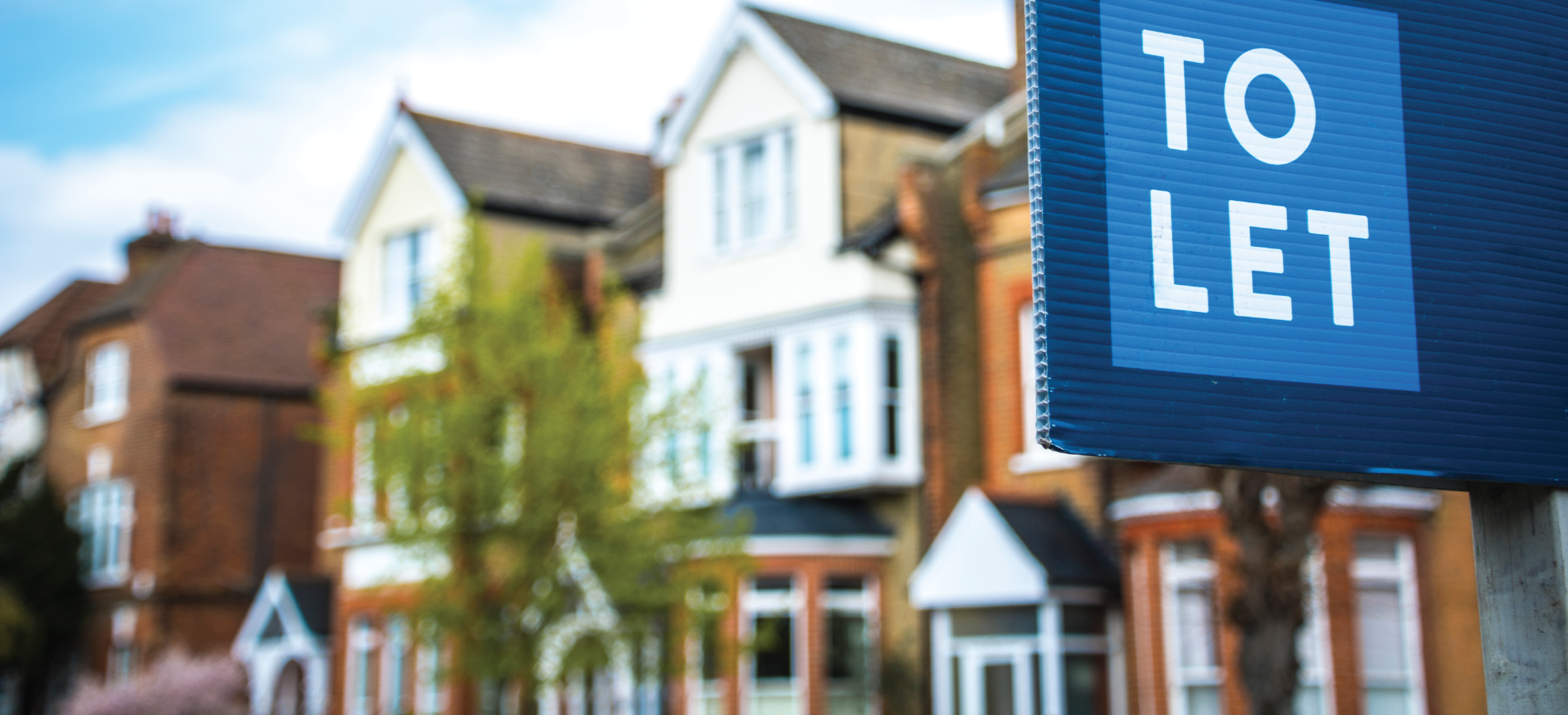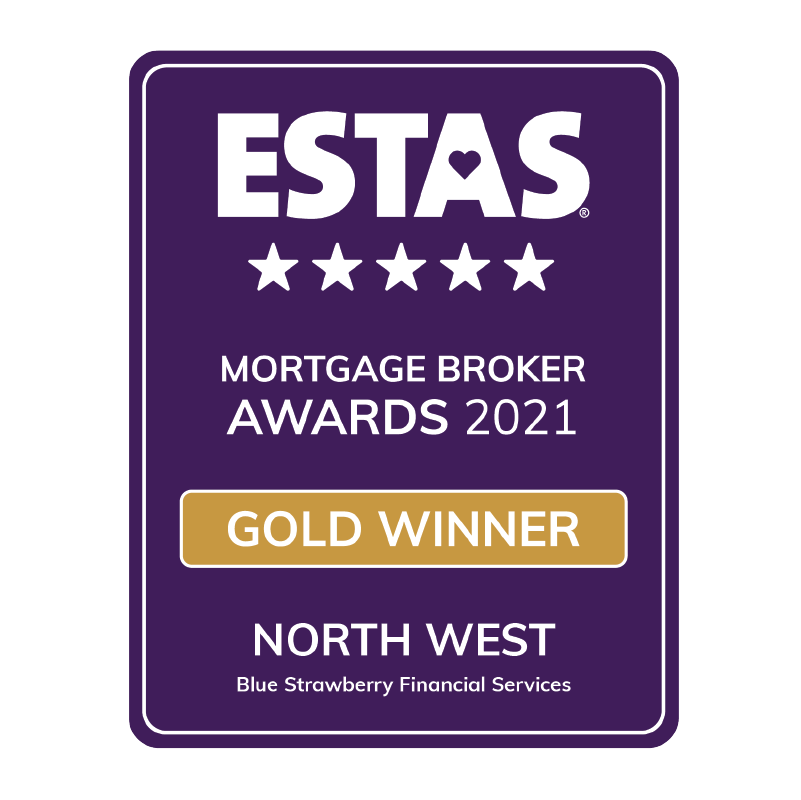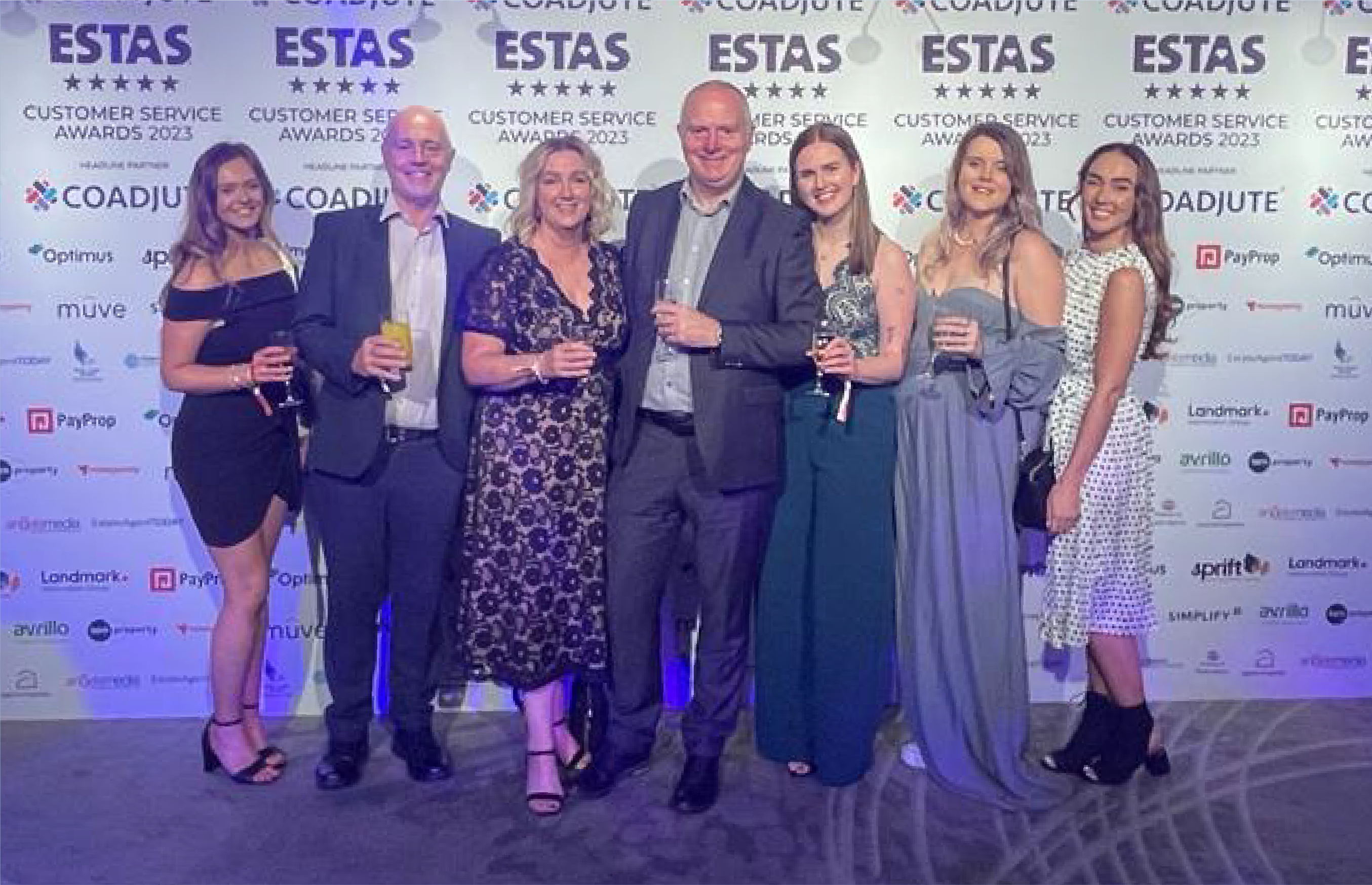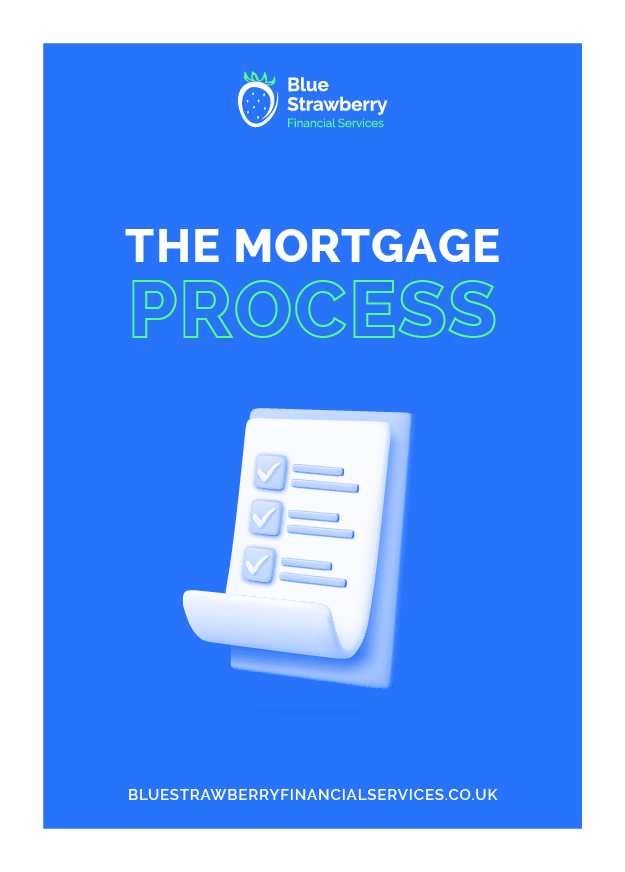Welcome to your trusted resource for expert advice
on securing a buy-to-let mortgage
Whether you’re new to property investment or looking to expand your portfolio, we’ve gathered essential insights to help you make informed decisions. Explore our range of tools, from mortgage calculators to easy appointment booking, designed to empower you to maximise your investment potential in minutes. The Financial Conduct Authority does not regulate most Buy-to-Let mortgages.
Book an Appointment
Ready to make your mortgage journey seamless? Book an appointment with our award-winning team through our online booking system today.
OUR FEES
Buy to let fees are typically £449. For complex or adverse credit cases the fee will be £649. This fee is payable on the production of your mortgage offer.
If we charge you a fee and your mortgage does not complete then we will not charge another fee for a further application. The fee is non refundable.
We will also be paid a procuration fee by the lender. The amount of the procuration fee will be disclosed to you. You have the right to ask us to provide information on the range of procuration fees that the lenders on our panels offer to us.
If an application is submitted to a lender via a packager (a 3rd party specialist) we will be paid commission by the packager. This will be disclosed to you.
Mortgage Repayment Calculator
Curious about your monthly mortgage costs? Try our easy-to-use mortgage calculator and get a quick estimate tailored to how much you would like to borrow.
Please note that your home may be repossessed if you do not keep up repayments on your mortgage.

AWARD WINNING CUSTOMER SERVICE




Customer Reviews
Ian and Stuart were brilliant at explaining every step of buying our first home, they took the time to help us understand the new world of mortgages and every single thing that comes with buying a house, they kept in touch every step of the way and were in the loop with everything making our buying experience second to none.
Great service. I appointed Blue Strawberry Financial services to broker the mortgage deal on the purchase of my first home. Naturally I was uncertain as to what the process entailed however the team guided me through every step of the process and answered every question I had. Stuart initially gave me an overview and ensured the mortgage would be suitable for my income, giving me the confidence to go ahead. After the mortgage deal had been agreed Mandy and the rest of the team kept in touch and guided me right the way through, to beyond completion. I cannot thank or rate Blue Strawberry Financial services highly enough and will be sure to use them again, come time to move.
Blue Strawberry we’re helpful throughout the whole process, nothing was too much to ask, no question seemed silly. I would highly recommend them.
Stu and his team are very professional, Stu looked after us and helped us win anything that we didn’t understand.
Couldnt have asked for anything more from Ian and Stuart- lovely and patient, they made the whole process of buying so much easier. Also was sent a really thoughtful moving in box/gift.
Stuart has been our mortgage advisor for over 4 years now and he’s been fantastic, he’s friendly, always helpful and provides a brilliant service
Fantastic company have used for 2 mortgages now and recommended to many people
Great friendly knowledgeable service. Have dealt with Ian and Stuart for years and will continue to do so.
We thought we wouldn’t be able to get a decent mortgage. The agreement in principle [AIP] from our bank and from high street providers were for a pittance, despite us having a 50% deposit. Then a local estate agent pointed us to Bluestrawberry. We quickly got an appointment with Stuart who talked us through the process and we soon had our AIP. Being first time buyers we found all the team at Bluestrawberry helpful in guiding us from that AIP to getting the keys. We really appreciate their caring & professional attitude, depth of knowledge and persistence.
We had a great experience with Blue Strawberry They were patient with our questions and felt they gave us good advice, walked us through the whole process. It felt like you had a really knowledgeable friend on your side which was great as first-time buyers.
I found Blue Strawberry to be professional, helpful and extremely knowledgeable.
Amazing experience from the start and still feel supported now. I’ve recommended the company to family and friends and they’ve all felt they’ve had excellent service too. Stuart eased our anxieties as new home owners and explained things clearly. Would recommend to any one who is needing this service.
The best team!
The Blue Strawberry Financial services very responsive and clear in informing me of suitable options, they were quick, polite, patient and above all professional and saved me years off my mortgage and no penalties as I asked all done with a agreed timescale.
Very professional service. Fully explained everything to me and made the whole experience completely stress-free
Stuart and Ian are welcoming, professional and make what could be a difficult and tedious task simple. Their communication is excellent throughout the whole process.
Great service and always makes it stress free finding the right deal.
The whole team at Blue strawberry are absolutely incredible. Nothing is too much to ask and they are so open and honest. It’s great to have them behind me. Thanks guys!
I am so happy to say that there still professionals out there with kind and friendly approach. I highly recommend Blue Strawberry Financial Services.
Returning customer. Excellent service. I was keep informed during remortgage process & got a fantastic deal. Highly recommended and very much appreciated.
Theres nothing more I can say apart from these guys are amazing,,I was a very nervous first time buyer and they couldn’t do enough to reassure me every step of the way, I would recommend these guys 100%, and definitely to first time buyers
Brilliant services highly recommended. If you unsure where to start Ian and Stuart will talk you through it all keeping it very simple. Will Keep you update throughout the process even when you have your mortgage sorted. no question is ever a silly question. As first hand buyers they made it so simple for us.even got a call On move In day to say enjoy your new home. Very personal service , also a lovely move in box
The daunting task of getting a mortgage for our first home during a global pandemic was made easy by Stuart & Ian at blue strawberry, after 2 other brokers let us down they worked hard to make everything as simple and straightforward for us as possible. Can not fault them in any way, top class service during a really difficult time!
A warm, welcoming and friendly atmosphere. Totally put at ease and all process explained fully. Would highly recommend
Very informative. Good communication. Experienced and professional. Recommend!
Fantastic
Always had great service and products from blue strawberry! Definitely recommend them :)
Nothing is too much trouble for Stuart and the team at Blue Strawberry. We have continued to use them since they were recommended to us before we bought our first house 9 years ago. They explain everything so clearly, and always work so efficiently, making the whole mortgage process very stress free.
Great service. Professional and friendly
Blue Strawberry helped us at every stage of our house purchase. They were a massive help with the whole process and were quick to answer any queries and resolve issues. Would definitely recommend them.
What can we say! Blue Strawberry Financial Services are absolutely fantastic. Couldn’t recommend Stuart and Ian enough! We couldn’t have done it without them as they made the process seem stress free from start to end (especially for us first time buyers who were essentially walking in blind). Honest, excellent, trust worthy advice, with a down to earh, friendly approach which put us right at ease. Stuart was recommended to us via some friends and we have gone on to recommend Blue Strawberry Financial Services to anyone we know going through the process. We will 100% be using them again. Thank you!
They were very helpful to me as a first-time buyer, and regularly kept in touch regarding progress despite the difficult situation last year. Everyone was super professional and made things really clear and straightforward.
Amazing customer service and always at the end of the phone to help with any queries. We were recommended by a family member to use blue strawberry and have since had 2 mortgages through them! We also received a beautiful hamper upon completion of our mortgage and have also since recommended other family and friends to use blue strawberry too! We cant thank them enough for all their help and support they have given us to get us the best and most suitable mortgage to meet our financial situation.
They help you from start to finish! They make everything so easy and are always there phone or email with any questions and if you ask about something they don’t personally do they go out their way to suggests the best solutions for you! Absolutely amazing people they contact you constantly after reminding you to sort things or just to check everything’s OK and your happy with everything. Would and have recommend to anyone that has asked
Ian and Stuart were clear, responded quickly to queries and explained everything in a clear manner
The mortgage advisers, especially Stuart McAdam has been very thorough in reviewing my mortgage requirements and extremely prompt and efficient in providing me with a product that suited my personal situation and requirements
Ian and Stuart have been very supportive and helped me with all aspects of buying my first home!
As a first time buyer purchasing your first property is very daunting however as soon as I called to arrange an appointment with Blue Strawberry I was put at ease with their professionalism but also their friendliness. Each member of staff I spoke to was always helpful and always found time to help me as best they could no matter the time of day or whether they had dealt with my case before. Overall I was very happy with the service I was given as well as the information being explained in a way that I, as a novice first time buyer, could understand. Not only were they great they almost worked right the way through this pandemic, given how crazy of a year it has been for us all everyone at Blue Strawberry remained professional and were always a phone call or email away if needed. Superb service.
I could not fault the service from Blue Strawberry, they were genuinely fantastic from start to finish. I was a first time buyer and had lots of apprehension around buying my own home – the whole process seemed very overwhelming to me. The team at Blue Strawberry provided me with all the reassurance I could possibly need and went way above and beyond what I expected. No question was a stupid one and their patience and competence made me feel at ease from the very beginning. I highly recommend them!
Great experience, a different class of its own compared to other companies talked me through all my options and no miss leading compared to other companies that took advantage of a first time buyer
Super friendly and very helpful! Made me feel a ease during the entire process of getting my mortgage for my first home!
Very friendly and professional service provided. Nothing is too much trouble.
Blue Strawberry were recommended to us by a friend and it’s easy to see why. Being a first time buyer is daunting enough at the best of times, nevermind during a global pandemic when lending was so unpredictable. Stuart and Ian were great, guiding us through all the processes and making sure we understood every step. Great communication, clear advice and friendly support.
Incredibly helpful, kept in touch regularly to make sure the sale was progressing okay. They worked really hard and worked with our solicitor and estate agent to help us secure the mortgage and ensure the sale didn’t fall through during the Covid19 Lockdown. They really helped take the stress out of everything.
Very professional and helpful. Stuart, Ian and the team can’t do enough to help. We highly recommend Blue Strawberry to everyone. Well done guys.
This was our first purchase of a house and wanted to go to someone for advice. Straight away we were greeted from Stewart in a lovely manner. The overall experience was amazing and he explained everything in great detail so that we fully understood. we ended up going through Blue Strawberry for our Mortgage with Acord and were very happy with the outcome. I would highly recommend Blue Strawberry to anybody that is wanting to purchase there first home :)
Excellent service would highly recommend thank you Stuart and Ian
Simply OUTSTANDING! Blue Strawberry have being exceptional throughout this whole process of buying our first home. They were always there to answer any of those worrying or burning questions, and would always take the time to explain things in the simplest of ways to make sure we understood every detail. We honestly can’t thank them enough for guiding us through this huge life step, and also a huge thank you to them for putting up with us, and all the emails and calls we have made to them over the past couple of months your patience and understanding really has been much appreciated. Would highly recommend their services!
Ian and Stuart are fantastic. They were so helpful during the house buying process. I can’t recommend them enough. As a young person, it’s quite daunting trying to source a mortgage, protection and insurance. They explained everything thoroughly and always bent over backwards to try to get the best deal. Excellent company and service.
From start to finish Ian and Stuart were amazing. They explained everything to me step by step, they were incredibly helpful in all aspects of getting a mortgage , I wouldn’t hesitate to recommend them or use their services again.
Stuart and Ian are fantastic. We have used them on two occasions and won’t hesitate to go back when we need to re mortgage. Extremely friendly, helpful and professional. We will continue to recommend you to our friends and family.
Useful Resources
We understand the complexities of investing in a buy-to-let property. That’s why we’ve curated this section to provide a wealth of informative articles and free downloadable guides to help you navigate the process with ease. Whether you’re a seasoned investor or just starting out, we’re here to empower you with the knowledge needed to make smart, informed decisions.
Articles
Blue Strawberry announced as a Top Mortgage Broker in the UK
Mark Pollard2023-12-12T10:56:20+00:0012 December 2023|
Understanding Interest Rate Changes
Mark Pollard2023-11-21T09:28:47+00:0021 November 2023|
Top Tips if interest rates are affecting you
Mark Pollard2023-10-02T14:10:50+01:002 October 2023|
Questions all buyers should ask
Mark Pollard2022-04-21T13:08:13+01:0021 April 2022|
Key Questions Answered
Here are some answers to the more common questions we get asked. If you would like to know how these factors might affect you specifically, book a initial consultation with one of our award winning team.
What is a buy-to-let mortgage, and how does it differ from a standard mortgage?
A buy-to-let mortgage is designed for property investors who want to rent out their property. Unlike standard residential mortgages, buy-to-let mortgages typically require a larger deposit, higher interest rates, and are assessed based on expected rental income rather than personal income alone.
How much deposit do I need for a buy-to-let mortgage?
For a buy-to-let mortgage, lenders usually require a deposit of at least 25% of the property’s value, though this can vary. Some lenders may offer deals with a 20% deposit, but generally, the larger the deposit, the better the interest rates and mortgage terms you can secure.
Can I get a buy-to-let mortgage if I’m a first-time buyer?
It’s possible, but more challenging for first-time buyers to get a buy-to-let mortgage, as lenders often view this as a higher risk. You may need to meet stricter criteria, such as higher deposit requirements and stronger financial checks, to qualify for a buy-to-let mortgage as a first-time buyer.
How is rental income assessed for a buy-to-let mortgage?
Lenders typically require that your expected rental income covers 125% to 145% of the mortgage payments. This is known as the interest coverage ratio (ICR). They also assess your ability to make payments during periods when the property might be vacant or interest rates rise.
What are the tax implications of a buy-to-let property?
Buy-to-let properties have specific tax implications, including income tax on rental income, capital gains tax when you sell the property, and stamp duty surcharges. It’s important to understand these taxes and seek advice to ensure you’re managing your investment efficiently and staying compliant with UK tax laws.
Can I remortgage my existing property to fund a buy-to-let purchase?
Yes, you can remortgage your current home to release equity and use it as a deposit for a buy-to-let property. This strategy can help you expand your property portfolio, but it’s essential to consider the risks, including higher monthly payments on your primary residence.
What is the interest coverage ratio (ICR), and why does it matter?
The interest coverage ratio (ICR) is a key measure used by lenders to determine if your rental income will cover mortgage payments. A higher ICR offers lenders assurance that you can manage the mortgage, even if interest rates rise, making it a critical factor in securing a buy-to-let mortgage.
What happens if my buy-to-let property is vacant for an extended period?
If your buy-to-let property is vacant, you’ll need to cover the mortgage payments from your own funds. It’s important to have a financial buffer for such periods to avoid falling behind on payments. Lenders assess your financial stability to ensure you can manage during vacancies.
Can I switch my residential mortgage to a buy-to-let mortgage?
If you plan to rent out your current home, you can remortgage from a residential mortgage to a buy-to-let mortgage. However, this involves reassessing your finances, potential early repayment charges, and ensuring the property meets rental regulations. It’s advisable to consult a mortgage advisor before making the switch.
What are the risks associated with buy-to-let mortgages?
Buy-to-let mortgages carry risks, including potential interest rate increases, property market fluctuations, and periods of vacancy where no rental income is received. Additionally, being a landlord involves responsibilities like property maintenance and dealing with tenants, which can impact your investment returns.













